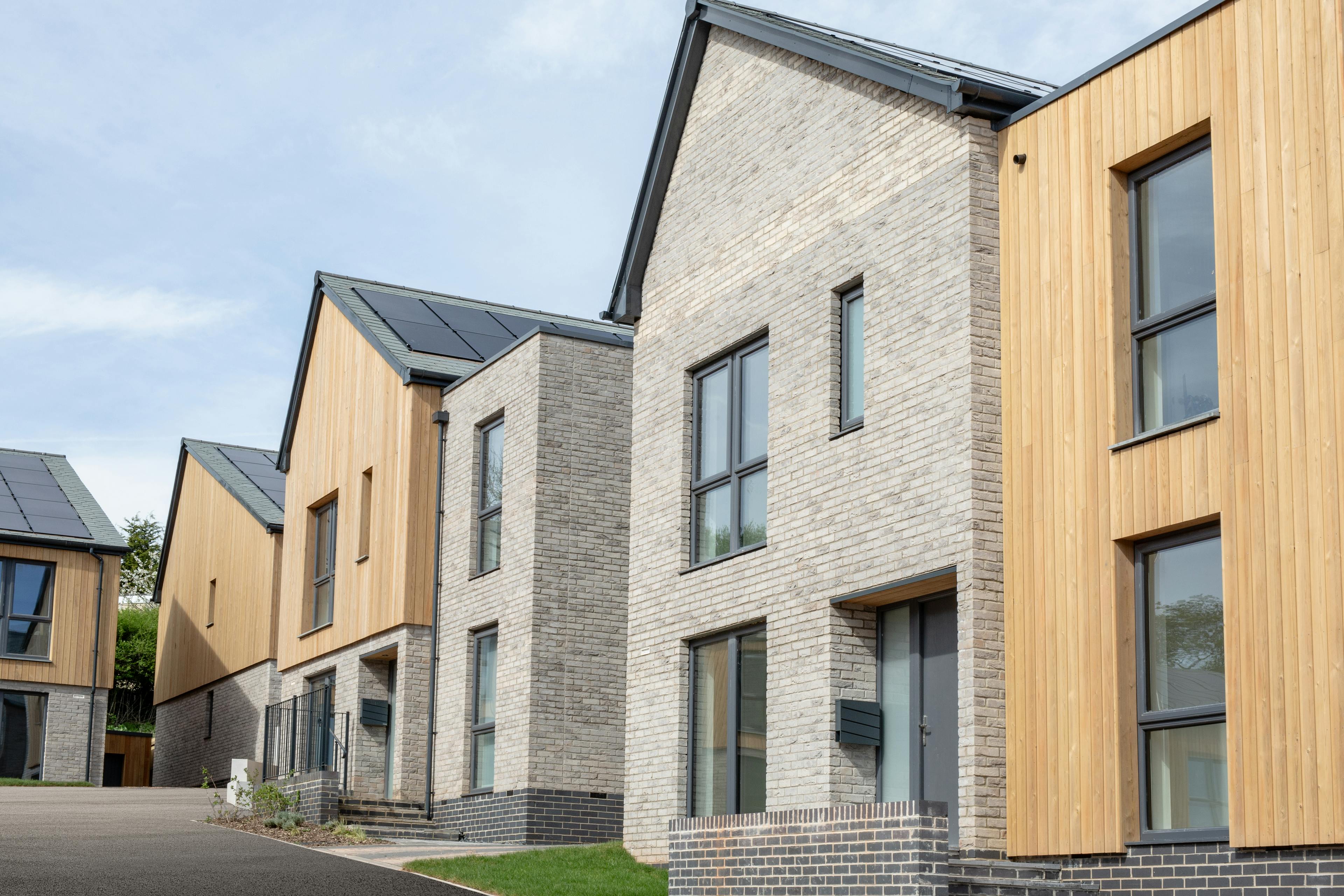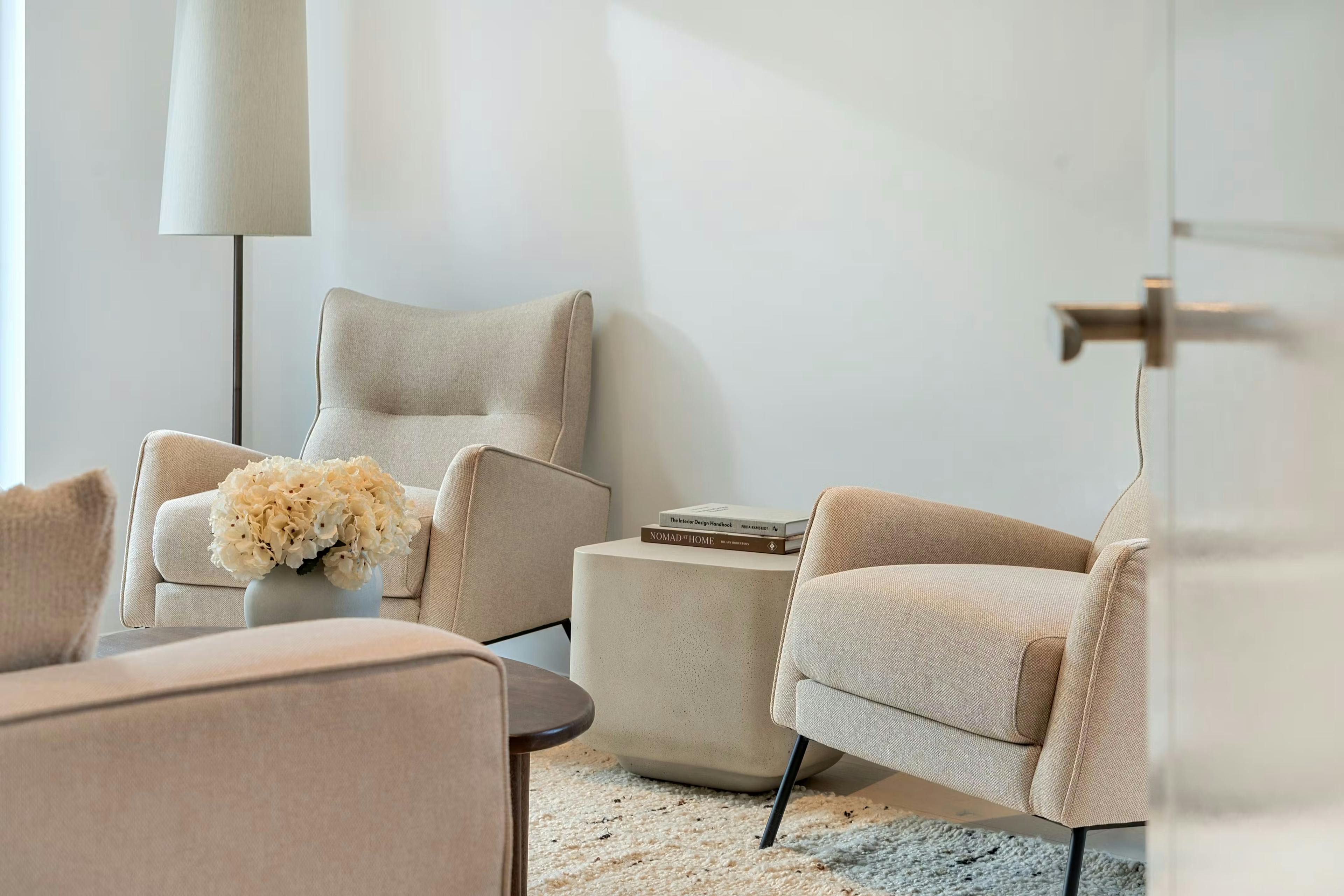Ground Floor, Building A
Green Court
Truro Business Park
Threemilestone
Truro, Cornwall
TR4 9LF
01872 672 237
info@vertohomes.com
Zero Carbon, Zero Bills Homes
Sustainable Living Pioneered
Welcome to Verto Homes – pioneering sustainable living as the UK’s first housebuilder to deliver smart homes that produce zero carbon emissions. Our homes are crafted to protect the planet and save you money, with energy costs reduced to zero. Experience cutting-edge technology, sustainable materials, and a more thoughtful way to live – all in harmony with the environment.
We're proud to have been featured in






Pay Zero Energy Bills for Five Years – Guaranteed
Together with Octopus Energy, we’ve turned this dream into a reality. Equipping our homes with advanced solar panels, efficient home batteries, cutting-edge heat pumps, and super-insulated walls and roofs makes living free from energy bills possible.
Discover how sustainable technology can transform your home and your lifestyle.
Built for the Future
Discover Your Dream Home
Discover new zero-carbon homes that combine cutting-edge design with unmatched sustainability. Our eco-friendly houses are designed to reduce your environmental impact while delivering modern comfort and timeless style.
Live smarter with energy-efficient properties that cost nothing to run.
Browse our latest developments today to find your perfect zero-bills home—where sustainability meets sophistication.
Show me homes that match
Nexa Fields
A collection of 3, 4 & 5 bedroom Zero Carbon Smart Homes™ with zero energy bills
Prices from £350,000

Monks Way
A collection of 3 & 4 bedroom Zero Carbon Smart Homes™ with zero energy bills
Prices from £395,000

The Green
A collection of 2 bedroom 2 bathroom zero carbon apartments with zero energy bills
Prices from £550,000

Life in
A Verto Home
"I am thrilled with my Verto home—it has far surpassed my expectations of what a sustainable home could be. The quality of the build and materials is exceptional. With its advanced insulation, solar panels, air source heat pump, and mechanical ventilation system, my home isn’t just zero carbon—it’s a smart, energy-efficient house with incredibly low running costs."
Maria, Hilgrove Mews
Ready to live zero?
Sign up to receive exclusive updates about our latest zero-carbon homes and sustainable development, and stay informed and be the first to explore our innovative, energy-efficient properties.
© Copyright Verto 2025. All rights reserved. Website by iNet Digital
